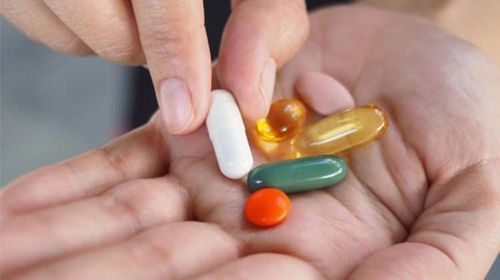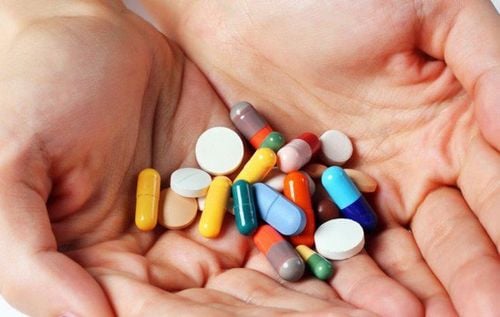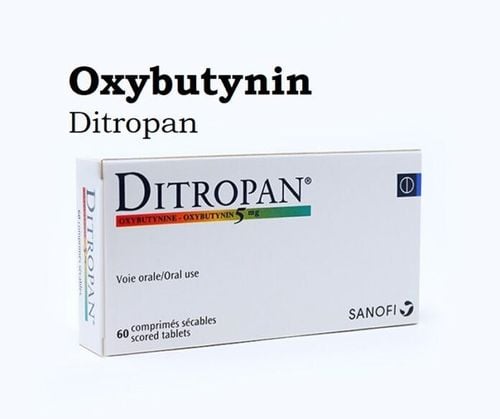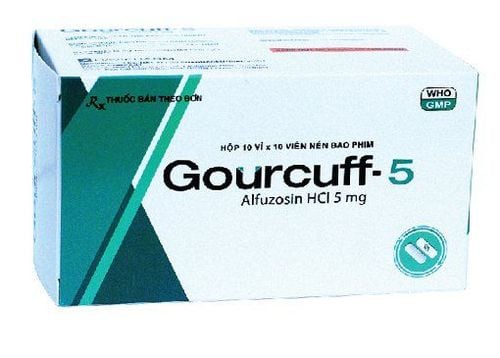This is an automatically translated article.
The article was professionally consulted by Dr. Doan Thi Hong Hanh - Head of Laboratory - Laboratory - Vinmec Ha Long International HospitalUrinary tract infection (UTI) in pediatric patients is defined as infection with common bacterial agents involving the lower urinary tract (cystitis), and the upper urinary tract (pyelonephritis). or both, causing illness in the child.
1. Urinary tract infections in children
A urinary tract infection is an infection of the urinary system, characterized by the reproduction of pathogenic bacteria and (or) an abundance of white blood cells in the urine.
Bacteria can enter the urinary tract from the bottom up, the bloodstream or through the lymphatic system. Bacteria can infect any or all parts of the urinary system, such as the urethra, bladder, and kidneys. The common bacteria causing urinary tract infections are E.coli, S. saprophyticus, Klebsiella pneumoniae, Pseudomonas aeruginosa.
Urinary tract infection in young children is a very common infection, if the child has a high fever and no other symptoms, the probability that the child will have a UTI is 1 in 20. Because the urethra is short and close to the rectum, bacteria can easily enter, so UTIs are more common in girls than boys. About 3% of girls and 1% of boys will have a urinary tract infection before age 11.
2. Symptoms of urinary tract infection
Symptoms of urinary tract infections in young children vary by age group. For older children, the symptoms are relatively clear and easy to detect such as: Children often have fever, children have painful urination, burning urine, urinating more often or having difficulty urinating, vomiting, refusing to eat, urinating cloudy, unusual smell,...
For young children, the diagnosis will be more complicated because the symptoms are not clear, the child can't speak yet, so it's impossible to describe the discomfort, parents also It is difficult to monitor the child's urination more often because they often wear diapers and normally they also urinate a lot.
The most common signs of urinary tract infection in babies older than 3 months are: Fever, abdominal pain, vomiting, loss of appetite. Less common symptoms are lethargy, slow weight gain, hematuria. Children younger than 3 months old, common symptoms are fever, vomiting, irritability, lethargy. Rarely, hematuria and jaundice may occur.
Urinary tract infections in young children, if not detected and treated promptly, will cause complications such as hypertension, kidney scarring, kidney failure, ... seriously affecting the health and future of children.
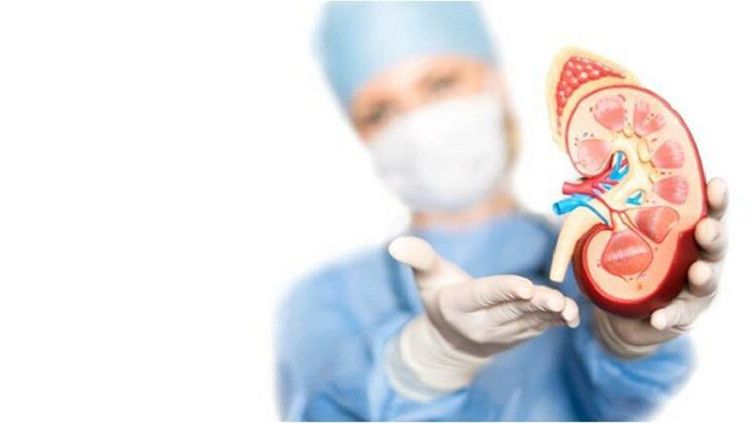
Nếu nhiễm trùng đường tiểu không điều trị kịp thời sẽ gây suy thận ở trẻ
3. Urine test for children with urinary tract infections
When the doctor suspects a urinary tract infection, the doctor may order a urine test to confirm the diagnosis. The urine sample will be analyzed to see if the urine is contaminated. How to collect a child's urine is as follows:To ensure accurate test results, the urine sample taken must be midstream. Before collecting the urine, the mother cleans the urethral opening with soap and water. Parents will be given a sterile container to hold the urine sample. The first part of the urine is discarded to avoid the risk of bacteria from the environment, collect the urine that follows and stop collecting urine before the child has finished urinating. To perform urinalysis in infants and children when midstream urine cannot be obtained, the doctor may place a small tube through the urethra into the bladder or insert a needle through the skin in the lower abdomen into the bladder. light to collect urine. The method of collecting urine by placing a plastic bag around the genitals should not be used because bacteria on the skin can get into the urine leading to inaccurate results.
The 10-parameter urine test strip test is a fast, convenient and commonly used test method in medical facilities today. The principle of these test strips is based on the color change to indicate the chemical composition as well as the characteristics of the urine. The test strip will be dipped in urine, after dipping the strip is removed, wipe the edge of the test strip on the wall of the vial to remove excess urine. To read test results, there are two ways: manual reading or urinalysis:
Manual reading: The manufacturer will provide a color indicator table for each parameter, the test technician will Put the dipstick next to the indicator tables to compare, the color on the dipstick corresponds to which color level, the result of the parameter will correspond to that level. Machine reading: The dipsticks will be placed in the urinalysis tray. Urine analyzers are light reflectors in nature, the test strips are illuminated by white light, the light reflected from the rods will then be detected by the device's sensor. The signals are digitized and transferred to the resulting microprocessor, the parameter values are determined, the results are printed. This method gives more accurate results than manual reading. The results obtained from the urine test will help diagnose urinary tract infection in children:
LEU (Leukocytes): This is a sign that helps detect urinary tract infection. If the white blood cell count is positive, the child has a urinary tract infection. NIT (Nitrite): Normally Nitrite is not present in the urine, if the result is positive for Nitrite in the presence of a urine infection. pH: Normal pH of urine is between 4.6-8. Urinary tract infections make the urine alkaline. BLD (Blood): Normal blood is not present in the urine. The allowable index is 5-10 Ery/UL or 0.015-0.062 mg/Dl. Urinary tract infections can cause abnormally high BLDs. PRO (Protein): children have a high chance of UTIs if there is protein in the urine. To confirm the diagnosis, the urine sample, after being collected in a sterile vial, is sent for testing to culture, isolate pathogenic bacteria and make an antibiotic chart to select appropriate antibiotic treatment.
Children after being diagnosed with urinary tract infections need to be actively treated with antibiotics and symptomatic drugs. After the course of treatment, the doctor may have the child re-test the urine to make sure the infection is completely gone.
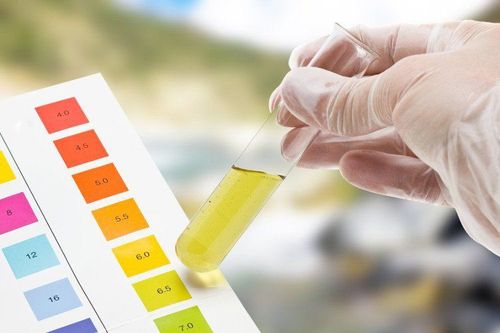
Để chẩn đoán được bệnh, bác sĩ cần làm xét nghiệm nước tiểu cho trẻ
MORE:
Urinary tract infections during pregnancy: Nguyen Causes, signs, and ways to prevent dangerous urination? Children with urinary retention, what to do?





